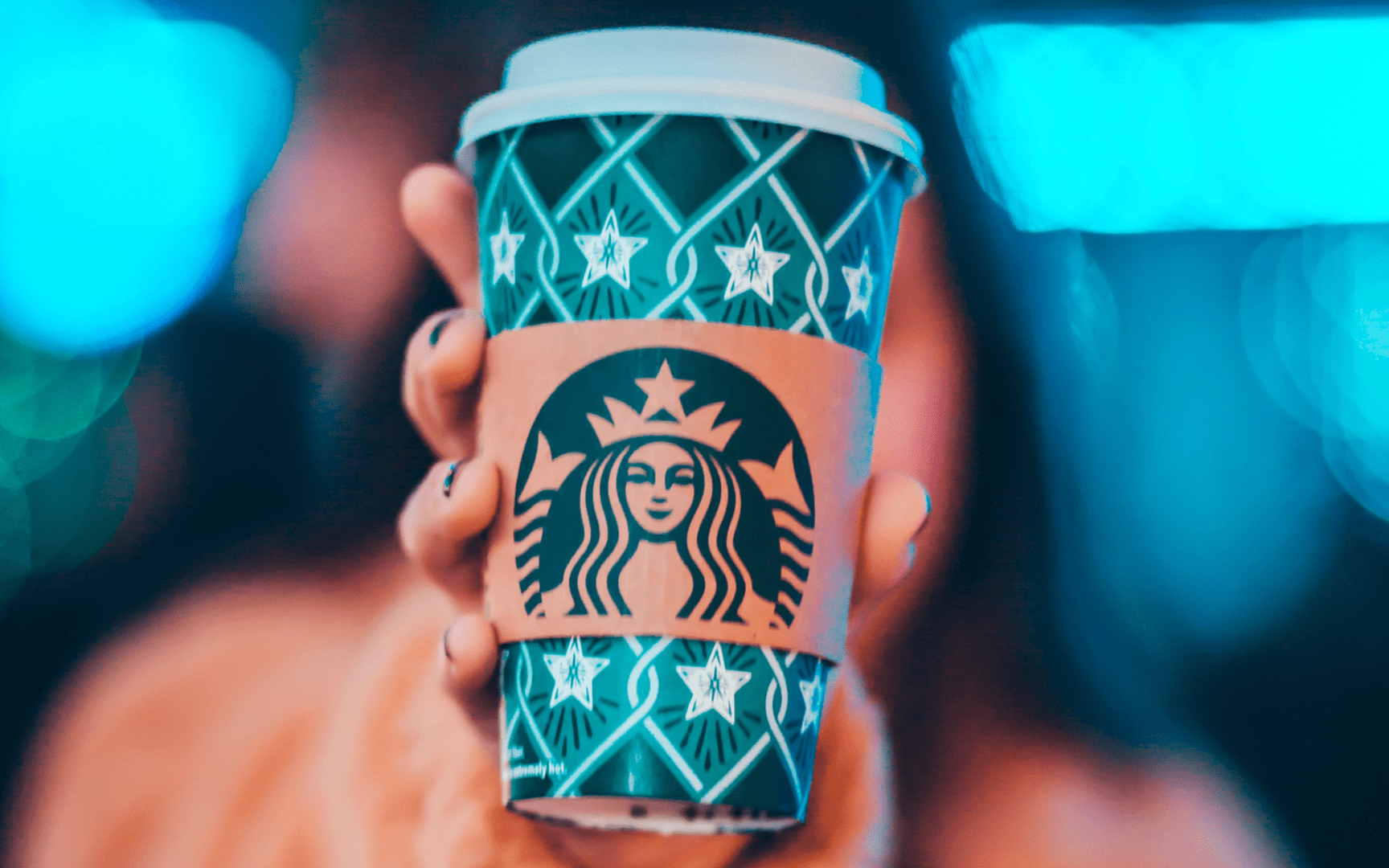Apple. Coca-Cola. McDonald’s. Nike. We get it. They’re all awesome brands. But they’ve been talked about enough.
We want to learn about the underdogs. The little guys and gals. Who are having fun experimenting with brand voice and design. And doing it brilliantly.
Just like people, there are lots of parts that build a brand’s identity. And they’ve all got to work together to be memorable.
These 6 brand identity examples may not be household names yet. But they’re miles ahead of most companies. And they’re all templates for inspiration:
What makes a strong brand identity?
What sets apart those brands that are globally recognized? Some burst onto the scene. Others take decades to grow.
Either way, many brand elements make up a strong identity:
- Brand name
- Logo design
- Graphic design and typography
- Color palette
- Brand voice
- Tagline or slogan
- Product packaging
Once customers associate these with a specific product/service, they turn into “brand assets”. Think “ba-da-ba-ba-ba, I’m lovin’ it”.
But even big brands can get it wrong. Like McDonald’s trying to market an adult-only burger in the late ’90s. When it turned out, people just wanted regular McDonald’s.

Source: GIPHY
To keep on track of everything, these companies create brand guidelines. They can be as simple or detailed as you like. But it’ll keep your whole team on the same page. Which is especially important if you outsource.

Source: Starbucks
But before guidelines, you need a base to work from. And these 6 brand identity examples have that covered.
Oatly
Milk-alternative Oatly has a lot to say. Especially about health and sustainability. But when they started out, they had barely any media budget. So, they created a unique marketing strategy.
How many times have you read the back of a cereal packet during breakfast? Or a milk carton? Before iPhones, probably a lot.
A lot of brands go for the minimalist look with their packaging. But Oatly decided to use theirs as their main marketing channel. A.K.A “packvertising”. There’s a lot to read. But it all hammers home their brand values.

Source: The Challenger Project
Because Oatly isn’t just any old brand. It’s an activist. And they’ve had a really interesting transformation into a “fearless challenger brand”:
In 2012, they drove growth with a huge rebrand. One that shows how much more environmentally friendly it is to produce milk straight from the plants cows eat. And so the slogan, “Wow no cow!” was born.

They even got sued by the Swedish dairy lobby for it. But they didn’t crumble. They posted the “bullying” lawsuit online and used it for tons of free PR.
Oatly is all about authentic messaging. They still use this tactic now. But they’ve upped their media budget:

Source: Clio
Copywriters are taught to keep things short. But that’s why this stands out. You can’t help but read it all the way through.
If Oatly was a person, they’d probably talk too much. But as brand personalities go, they’re probably the most successful on this list for it.
The Adventurists
When it comes to brand image, The Adventurists have it down. These boys are wild. And if you don’t like swearing and calamity, look away now. Because their target audience does. And if you don’t, they don’t want you either.
The company name sums up their brand identity. Plus, the great Victorian adventurer brand logo too:

They’re a travel company…kinda. But safety and order are not top priorities. They don’t even make the list. Instead, total stupidity and recklessness take the wheel. Literally.
The Adventurists don’t take themselves seriously. The privacy section on their site proves it.

Any visual branding fits into the narrative too. But there isn’t much of it. Each race has its own biker patch design. It’s cool. It looks a bit dangerous. I want it on a t-shirt.

But the focus isn’t on those elements. It’s on the content their adventurers create. The whole site is full of images and videos.
So, this brand identity example isn’t about graphic design. It’s more on the experience they’re providing. Adventure. Who’d have thought it?
Wandering Bear Coffee
Bears are big, bold creatures. So, Wandering Bear Coffee knew they needed strong branding to match. They were also the first company to put cold brew coffee in tapped boxes. So, that’s the USP (unique selling point) they’re plugging.
With such a stand-out product, its business owners had to represent with design. And when it comes to visual identity, they’re a small team. But they know exactly what they’re trying to be.
The typography is the first thing that stood out for me. You can’t not look at it. Wandering Bear Coffee’s sans serif font is modern. And the caps are in your face. But it’s not shouty. It just feels like something you need to know.

The wonky angle on the main text looks like shivering too. Which is perfect for the cold brew they’re selling. Smart, fellas.
Their brand colors are exactly what you’d imagine too. The color scheme channels all the shades of the forest. And they’re thinking of that environment too. Because all their coffee is organic. And each box is 100% recyclable.

But as well as the brand’s visual identity, they’ve got a great tone of voice too. Alongside their earthy tones, they’re down to earth. Who knew bears were so friendly?

Everything about this brand and product packs a punch. But it still manages to feel really chilled. Which sounds like the perfect cold brew to me.
Lemonade Insurance
When looking for successful brand identity examples, I bet you didn’t think insurance would make the list.

But Lemonade is different. It’s completely digitized and customer-centric. And when you sign up, you choose a non-profit to donate unused premiums to at the end of every year. This is their Giveback scheme. And customers love it.
Insurance can be complicated. Which is why Lemonade’s visual elements are so simple. Because that’s their brand identity. Making a stuffy, boring topic engaging and easy.
The use of color is really minimal. (Apart from their signature pink.) And the designs look like a kid’s book. Even the name is easy-going. It’s aimed at everyone. But it’s meant to attract younger generations.

The service is anything but childlike, though. They’ve brought insurance into the 21st century with apps and AI. Their AI is so good, it even caught a guy disguised in a wig and lipstick trying to fraudulently claim.
This tech is the kind of thing that entices Millennials. Along with the social good from the Giveback scheme:
They’re also pretty active with social media branding too. After lots of A/B testing, they found what worked. They now use their Instagram page to commission artists from around the world. Whatever they create just has to include the “Lemonade Pink” color.

It all started with them dipping different objects in pink paint. Which sounds completely random. Because it is. But it’s evolved from there. And they’ve gone totally out of the box of what you think insurance should be.
They’re not your regular insurance company. They’re a cool insurance company. And they’ve proved that you can give any industry an awesome brand identity. Just by being creative. And giving back.
Good Pair Days
Wine is a tricky subject. Historically, it was more of an upper-class drink. But not anymore. Nowadays, lots of people enjoy it. But most of us don’t know too much about it. Because there’s a LOT to know.
Now, Good Pair Days isn’t a good brand. It’s a great brand. And their quiz and monthly wine subscriptions are genius. Answer a few easy questions (not related to wine at all) and they’ll choose bottles you’ll love.

You also get to pick your price limit. Then you can learn as little or as much as you like about the wines after that. There’s so much content on the site. And it all perfectly matches their brand identity design.
Their brand voice is one of my favorites. Because they know how to use conversational copy.

Source: Good Pair Days
It’s meant to feel like you’re talking to a friend. They’re taking an overwhelming subject and making it relatable. Almost playful. They also do their bit of social good too:

Sure, they’re down to earth. But it’s the quality of their wines that people rave about. A lot of their brand strategy is focused on the customer journey. And each email along the way gives this digital company a human touch.
If you want to see all the crazy design elements included, check out the company that rebranded them. It could really help your own process.
Liquid Death
Sure, Coke is great. But how about metal canned water? And I don’t mean the material. When it comes to visual branding, Liquid Death rock.

Source: GIPHY
Their tagline is “Murder your thirst”. And you’d be forgiven for thinking it’s beer in those tallboys. Because that’s what the typeface and can are designed to look like.
But it’s definitely not. It’s Austrian mountain water. For straight-edge punks. Duh.
Unlike the snappier copy of some of the other brand identity examples, they’re more focused on visuals than brand voice. They don’t believe in “corporate marketing”. As they say on their site:
“Our evil mission is to make people laugh and get more of them to drink more water more often, all while helping to kill plastic pollution.”
And boy, do they. They have a huge social media following. Including 1 million on Instagram. Like The Adventurists, they’re focused on content:
The brand feels super niche. But that’s why so many people want to be involved. Because it’s out of the ordinary. It’s meant to be extreme. It’s meant to be shocking. And that’s why it works so well.
Conclusion
One recurring theme became clear when writing this. Each of these brands has a baked-in commitment to social good. They all have a scheme for charity or sustainability. Which is clearly becoming a huge part of which brands we choose to buy from.
They all have a strong identity. And some are more well-rounded than others. But it shows that you can evolve as you go. You just need a solid base and an idea of where you want to head.
It’s no coincidence that most of these successful brand identity examples were rebrands, either. If you’re a startup or entrepreneur, you don’t have to get it right first time.
One thing you can’t change though are your core values. These are what your brand is built on. So, decide early on. And stick to them. All the other elements are just ways of getting them across.
Which brands have the best “social good” elements? Are there any you think more people should know about? Let us know below!





